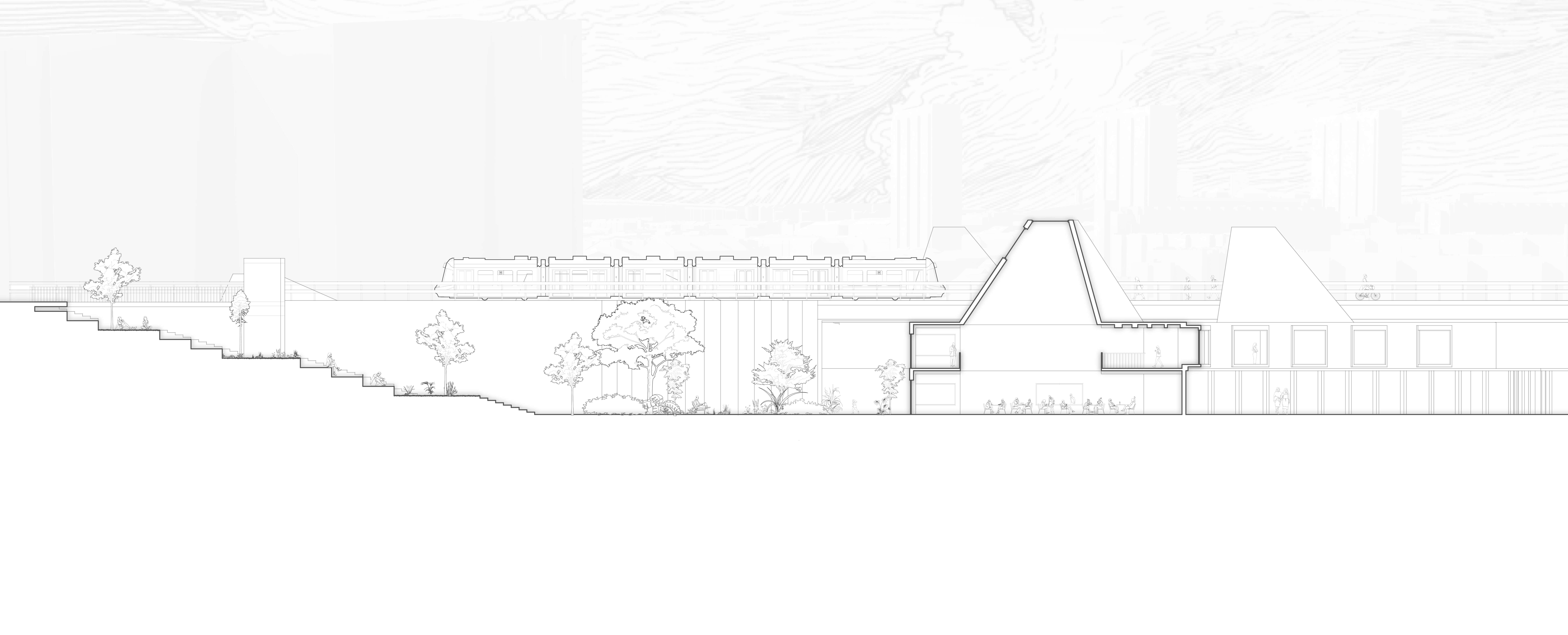Sam Smith (He/Him )

Works

Under The (Fly)over
Motorways such as the M8 throughout the 21st century have been realised as a concept which is so far removed from the demands and the pleasures of many people’s everyday life. The social hierarchy it has created, particularly in cases like the Woodside junction prioritises convenience of travel and the demands of our fast-paced lives before quality of life and our own physical/mental health. At its core however, motorways are nothing but the concrete which facilitates it. It is a concept which is out of date and the scars in our communities are still being felt to this day.
More pressingly than the architectural implications of the M8 infrastructure however are the 100’000 cars which occupy the Woodside junction every day. In an environment which is battling to save our planet and in a city which has recently hosted the Cop26 meetings, our narrowminded commitment to the car is laughable and the perfect example of why we as a race are on this dangerous environmental trajectory. The need for drastic measures is now and not only Glasgow will benefit but the World will too.
In the wake of this climate emergency, it is vital that the decision we take, for however radical they may be, must be taken responsibly with not only to our climatic duties but also our role in creating urban environments tailored to the needs of the people and their right to comfort and access. As such, changes must be implemented to the M8 in order to create a more liveable and eco-friendlier environment at the Woodside junction. This will in turn inform the conditions in which a new inclusive social environment can be created and how this will go on to construct a new urban grain. The area of the Woodside Junction, which has different educational facilities surrounding it, also inhabits many different people groups and ages who are susceptible to different side effects from pollution and Co2 which makes the Woodside area one of the most polluted areas of Glasgow.

Map of M8 in Glasgow

Map Showing Areas Lacking Development

Map showing Surrounding Communities and Lack of Community Centres

Motorway Pattern Modelling Process

Motorway Site Selection

Testing Architecture with Modelling

Testing Form, Scale and Materiality



























